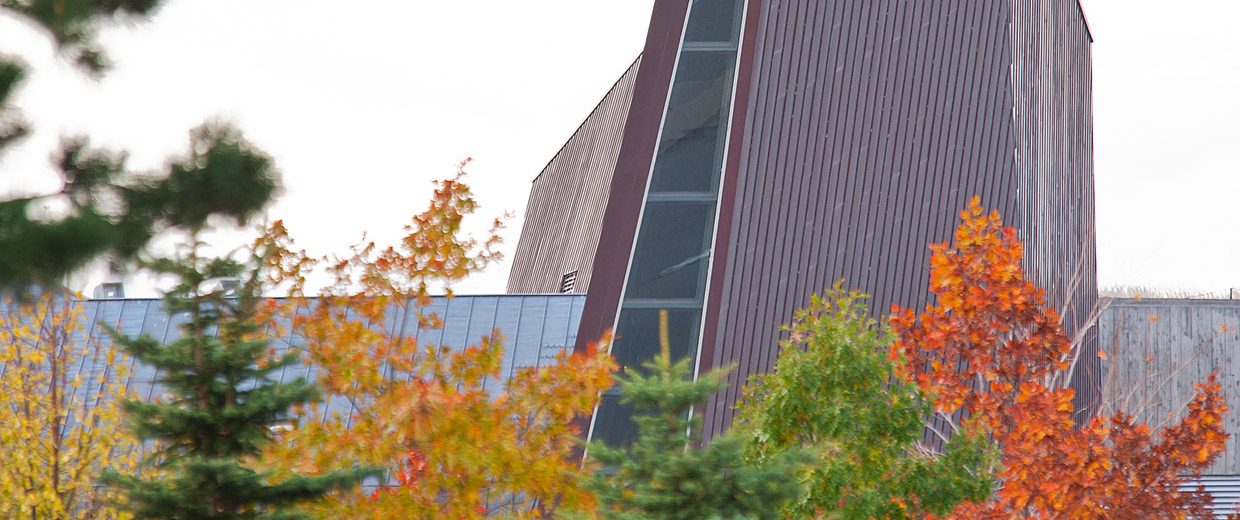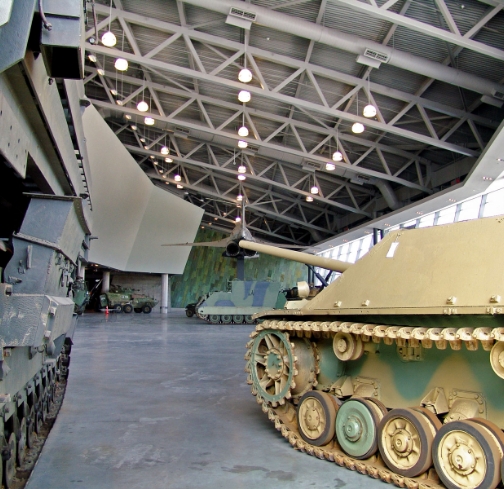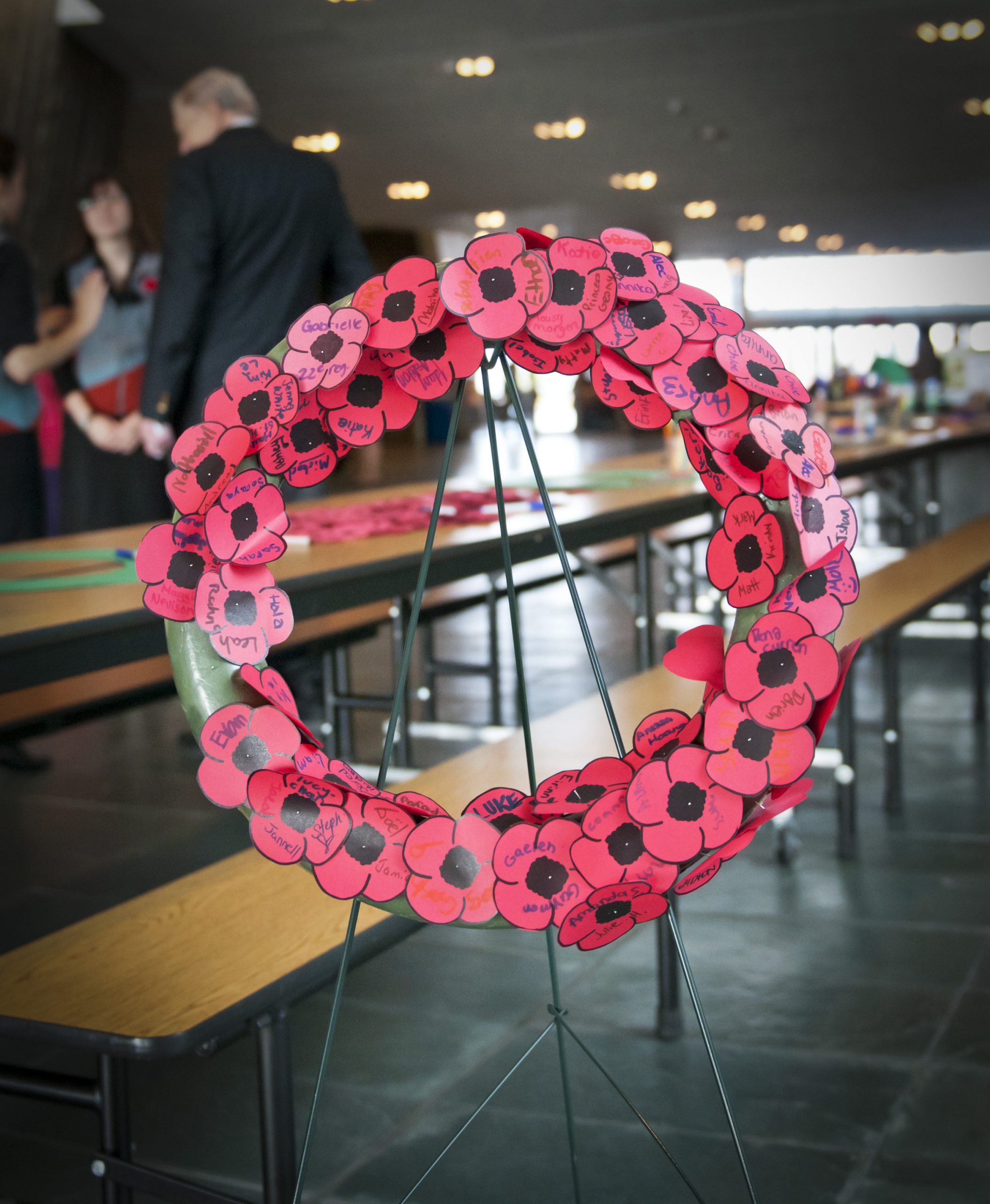Welcome to the Media Centre. In this section, members of the media will find current and archived press releases as well as press kits and images from our exhibitions.
Are you interested in filming one of our experts, galleries, or artifacts? Or would you like to plan an interview with one of our specialists for an upcoming article, documentary, or blog post? Reach out to us to see how we may be able to assist.
Please note that all other queries should be sent to information@warmuseum.ca.
Recent news

Eric Brunt’s interviews with Second World War veterans now available through the Canadian War Museum
Nov. 18, 2025

War Museum announces passing of Chief Historian, Dr. Tim Cook
Oct. 26, 2025

Canadian War Museum acquires rare Second World War Sherman BARV from The Tank Museum in the UK
July 2, 2025
Media resources
For the exclusive use of members of the media: photographs and resources for illustrating articles, reports, or event listings that refer, directly and specifically, to the Canadian Museum of History.
Images of the Canadian War Museum
Contact us
Need more information or want to schedule an interview with a historian?
 hello?
hello?
Yasmine Mingay
Senior Director, Public Affairs, Development and Outreach
 hello?
hello?




